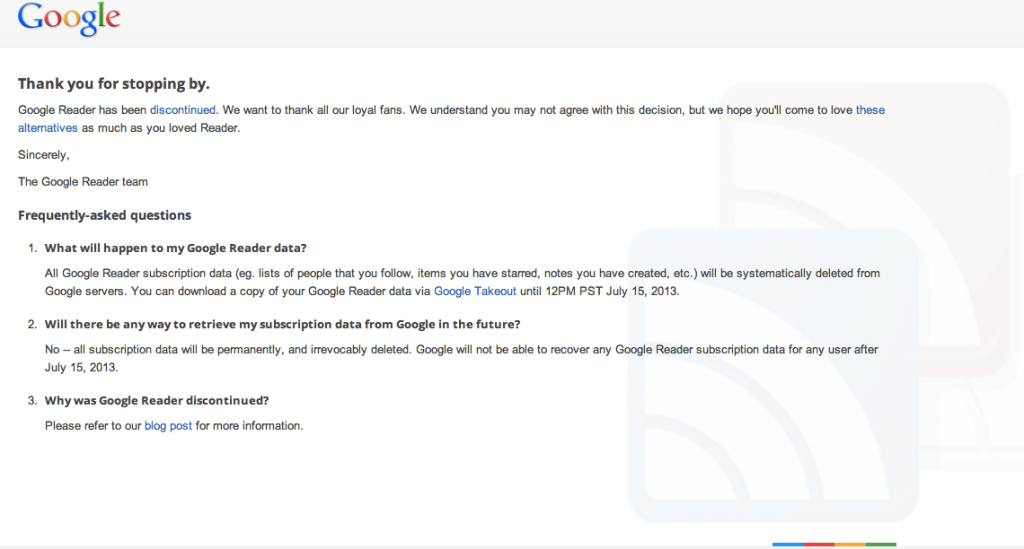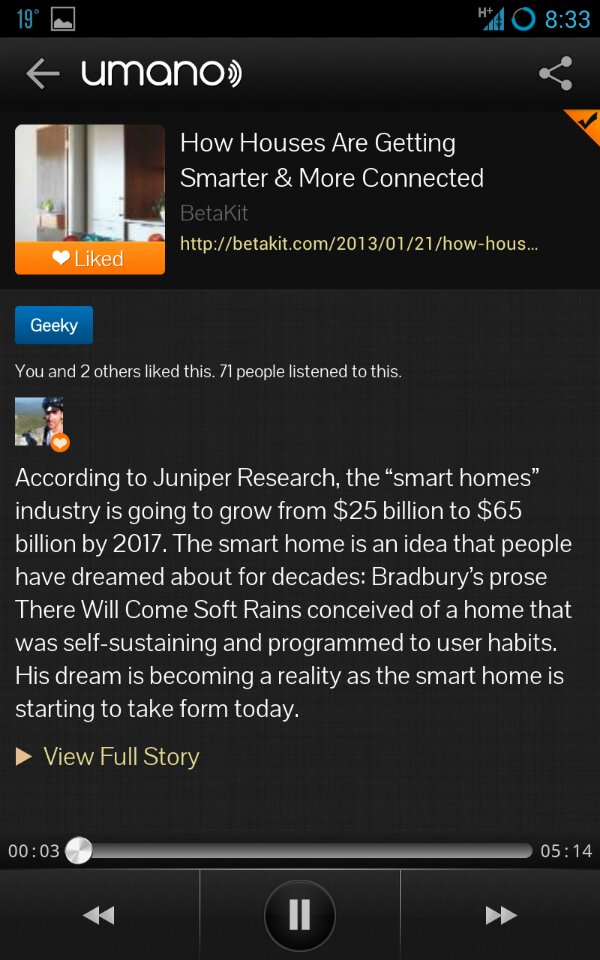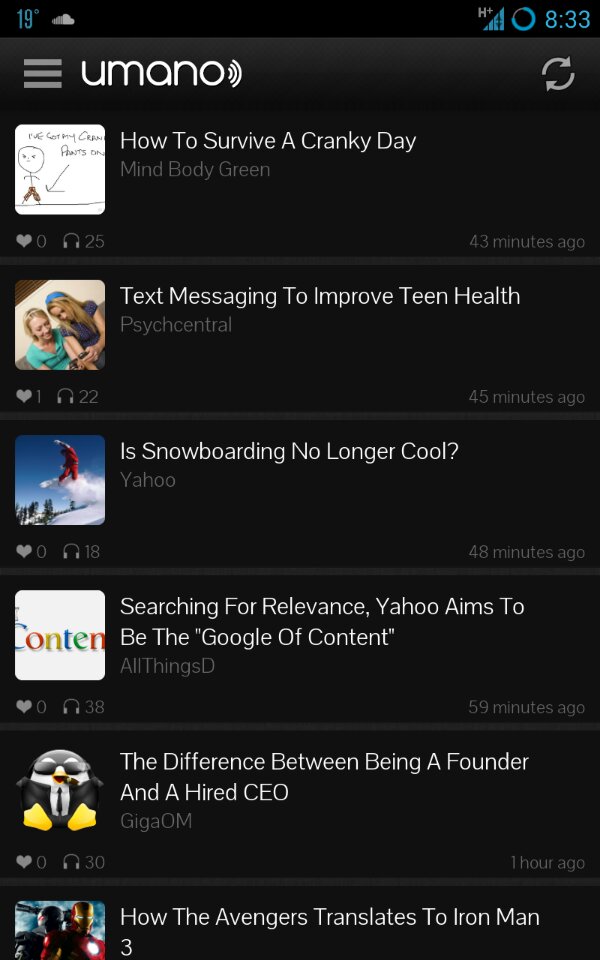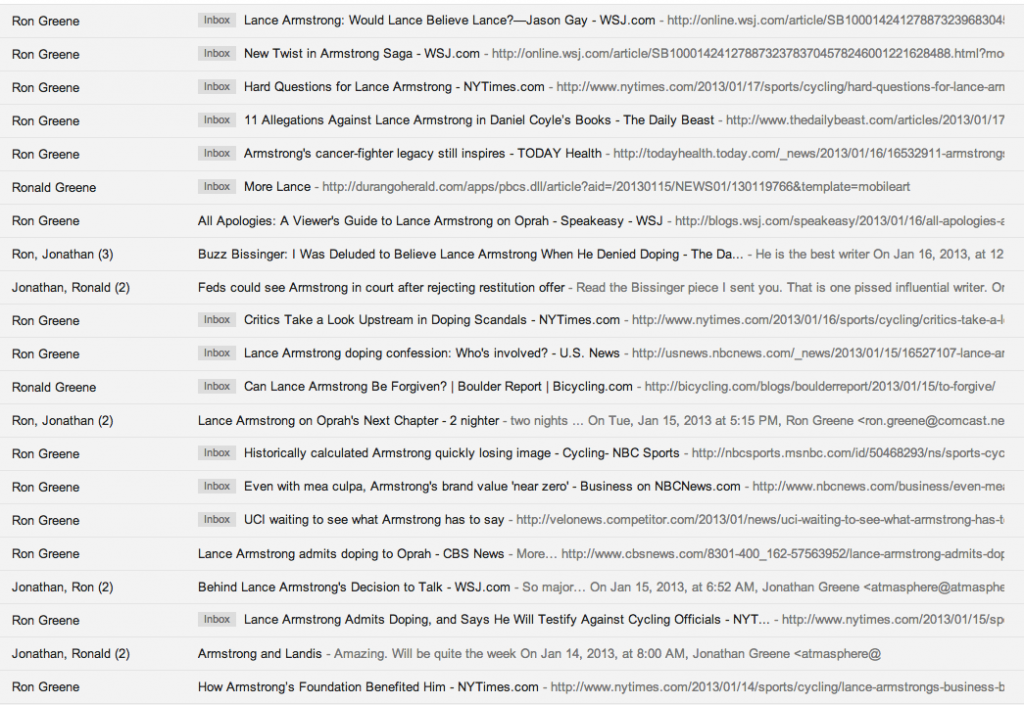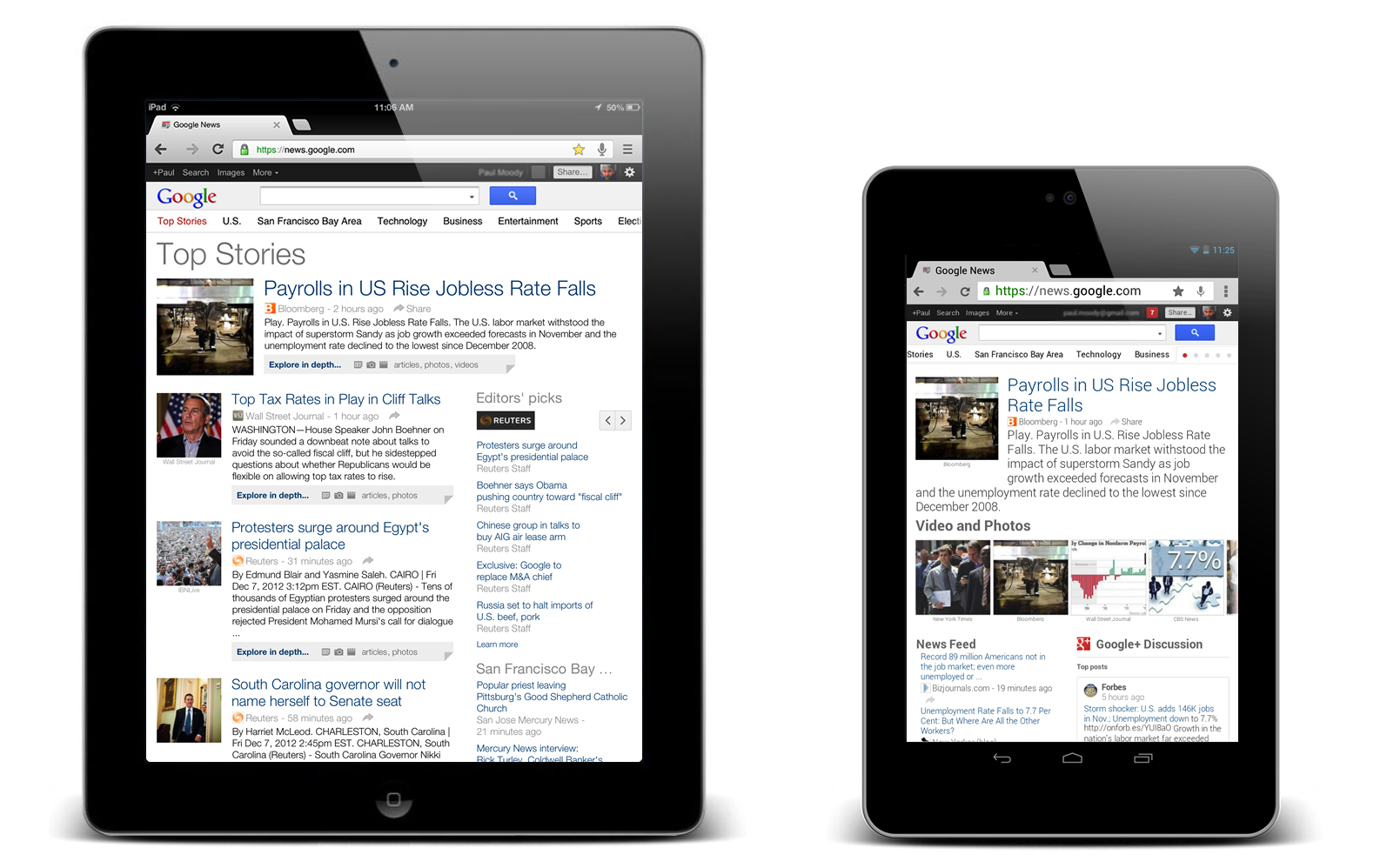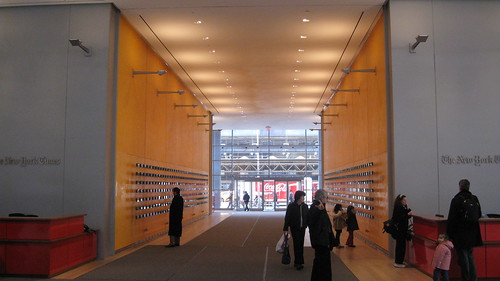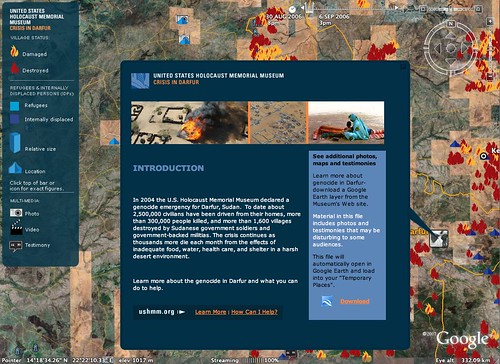The term hyper-local has been getting a great deal of use lately in describing the ever-changing Newspaper (and news reporting in general) landscape. As papers begin to realize that they are news organizations not limited to just printing a single edition a day their existing credibility opens the doors to a very deep relationship with their reader communities. The use of digital enables a fantastic loop for a paper to break a story via web or mobile and feed back a reported story to the next days or evenings paper. In each community, coverage can go very deep on topics of great interest to the local readers so things like crime, politics, sports and retail can all be deeper than the usual scan they might get from a printed paper who needs to limit the printed word for cost keeping.
The latest move by Gannett as reported in Wired is very significant for a few key reasons… For Starters USA Today is the nations largest paper. If you add in a layer of hyper-local coverage they become a force to be reckoned with in areas whose paper’s have yet to embrace what can be done electronically.
The initiative emphasizes four goals: Prioritize local news over national news; publish more user-generated content; become 24-7 news operations, in which the newspapers do less and the websites do much more; and finally, use crowdsourcing methods to put readers to work as watchdogs, whistle-blowers and researchers in large, investigative features.[Wired News]
Gannett has already been testing this new model fully in a few markets and the results are very positive:
What they found is remarkable: Breaking news on the Web and updating for the newspaper draws more people to both those media. Asking the community for help, gets it – and delivers the newspaper into the heart of community conversations once again. Rich and deep databases with local, local information gathered efficiently are central to the whole process. The changes impact all media, and the public has approved. Results include stronger newspapers, more popular Web sites and more opportunities to attract the customers advertisers want.[Crowdsourcing]
Given their size, Gannett can compete across many markets simultaneously and offer communities a complete news view from hyper-local through international…
Big papers like the The New York Times are not standing by while this trend grows and in fact have their own high tech multimedia reporting desk being built out now:
The booming expansion of multimedia at The New York Times was a big driver behind the network infrastructure going into the new facility. The Times, over the last several years, has been trying to shake the “gray lady†image with aggressive use of online and multimedia features, such as multimedia packages and video segments from reporters, chat rooms and blogs. That means Times staff does more than just write and edit text articles for the paper-and-ink product.
To this end, every desktop in the newsroom will feature a full Gigabit Ethernet link as well as an IP phone, integrated voice mail/e-mail and an Internet chat, all rolled into one with Nortel’s CallPilot unified messaging product. Instant “click-to-dial†audio conferencing and presence capabilities will also be available for the Times staff, Kraft says.
“We wanted to create a multimedia environment for each worker,†Kraft says. “If they need to do anything with voice or video or multimedia, it can all be done†from the desktop. Since each PC will have a USB camera and microphone, Kraft anticipates more video conferencing will take place, was well as recording of short podcast and video podcast segments by reporters for the NYTimes.com site.
Among the background clatter in the Times’ current newsroom are several televisions, constantly tuned to breaking-news channels, such as CNN or FOX. The new Times newsroom will have fewer televisions but more options available for the staff, as 10 channels of IP television will be available to every desktop in the company. The IPTV streams will be delivered via Time Warner Cable.
“We will be one of first customers in New York for†IPTV from Time Warner, Kraft says. “We’re helping them develop that service.â€
The IPTV streams will let editors and reporters view content more relevant to their sections or beats, Kraft says; business writers can view CNBC or MSNBC; sports scribes can peek at scores from ESPN News while writing and editing. (The Times had no comment about what effect TV-to-the-desktop will have on reporters meeting deadlines for filing stories.) [Network World]
One thing is clear – the news reporting business is very competitive and traditional papers need to evolve to compete for both the timeliness and depth of coverage across all the facets of the consumers lives. The newspaper seems to have an edge against TV reporting based on their existing associating with consumers and their ability to deliver multiple channels of news across a variety of media. TV and Radio guys are actually starting behind, with the exception of CNN – but they really only focus on national and international news. The local and metro markets – those which impact us all on a daily basis are hotbeds for the future of competitive news.
Technorati Tags: Marketing, media, Newspaper, news
